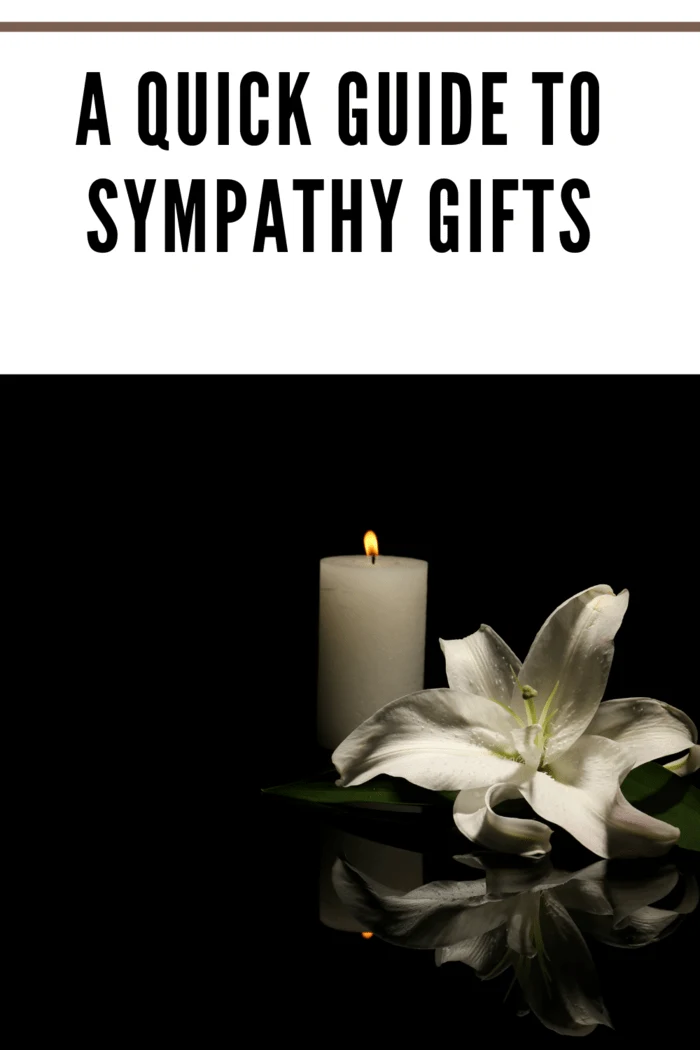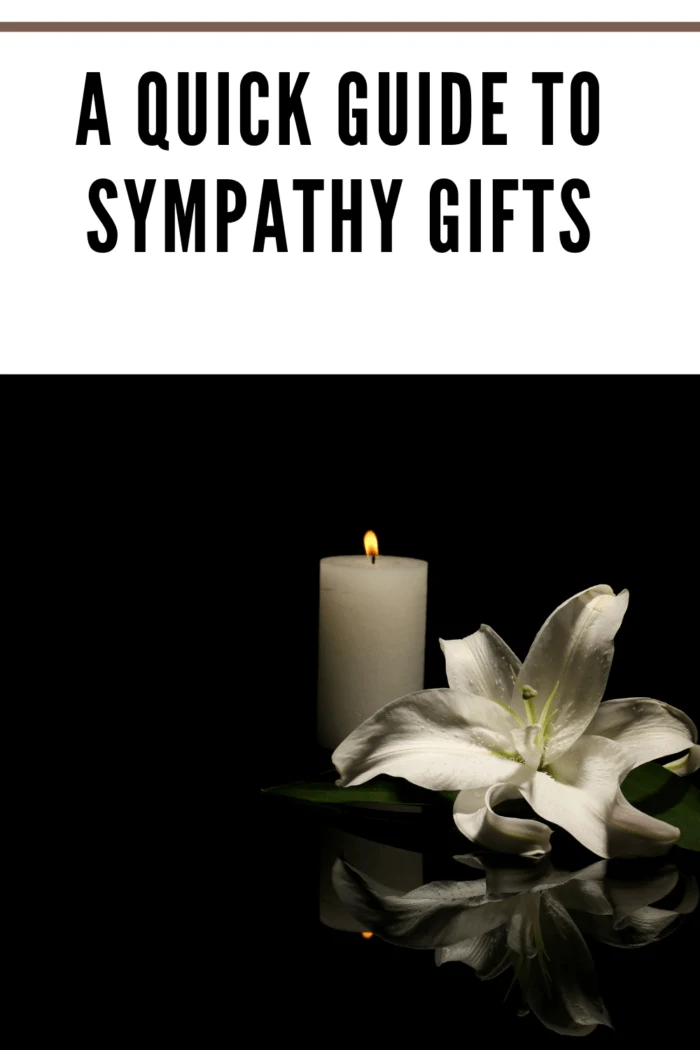A sympathy gift is sent to a person who has lost a loved one. A sympathy gift is a gesture that lets the person know that you are thinking of them during difficult times and care for their well-being. It is also a symbolism of remembering the deceased. Here is a quick guide to sympathy gifts that make one appreciate the gesture soon after losing a loved one.

1. Personalize the Gift
There are two different approaches to personalizing a sympathy gift.
You can personalize the gift for the receiver or personalize the gift as if you were sending it to the deceased.
The receiver will appreciate the gesture if you have thought of their loved one either way.
For example, says Bouqs, you can organize a flower delivery to the home of the bereaved, and personalize this gesture by writing a letter to the receiver.
The letter can include memories that you shared with the deceased for the receiver to appreciate memories.
This personalized touch shows that you have put some thought into the gift and are authentic in your message to the bereaved.
2. Consider Purchasing a Useful Sympathy Gift
You can purchase a helpful sympathy gift together with a bouquet.
For example, a personalized cover throw, or inscribed mug and plate, are gifts that the receiver can use while appreciating the memories of his or her loved one attached to these.
Keep in mind that the ones remaining will need all the support they can, including materials that can make their lives easier during the process of grieving.
For example, indoor plants are believed to be one of the ways that one may alleviate stress and anxiety.
Gifting an indoor plant in the memorial will be a helpful gift in this context.
If you can find out what the bereaved don’t have, you can turn that into a sympathy gift by personalizing it.
3. Long-Lasting Sympathy Gift
A long-lasting sympathy gift means that the memories you share with the bereaved of the deceased can be passed on.
For example, you can have a portrait of the deceased created for gifting a family that has lost a member.
This portrait can be passed on from generation to generation as a memorial gift.
This is a heartfelt sympathy gift that will forever be in the hearts of the receivers.
4. Be Sensitive
Keep in mind that people mourn and grieve in different manners, mainly if there are cultural differences.
You may want to research the culture to see if there are differences and see which types of gifts will be appreciated and that may be insensitive.
Your intentions will be authentic and from the bottom of your heart; however, the receiving end may interpret the gesture as carelessness, particularly if you don’t have a close relationship.
5. Remember: It’s Not About You
There is a thin line between demonstrating that you empathize with the person’s pain and making the gift about you.
The bereaved may not be in the space to hear about how you coped with your grief and how you think your way is the efficient method of accepting the death of a loved one.
Ensure your message acknowledges their pain instead of focusing on how you have dealt with grief.
A time will come when you can share coping strategies, but a sympathy gift may not be the right time.
Also, avoid including messages about how the deceased contributed to your life.
The bereaved appreciate messages that discuss the person’s qualities and what you enjoyed about him or her.
Again, you can then share how they impacted your life in a follow-up session.
6. Do a Follow-Up
After some time from sending the sympathy gift, you should do a follow-up visit or phone call.
This gesture demonstrates your authentic nature and genuine concern for those grieving.
During these follow-up sessions, you can share coping strategies and reminisce about the memories you shared with the deceased, if appropriate.
Find out if the grieving loved ones require any assistance that you can offer.
Some may decline this gesture, meaning you can always send a random gift you think they may do after a while.

Conclusion
When buying a sympathy gift, you should try as much as possible to personalize the gift, consider it a helpful gift, a long-lasting gift, a sensitive gift, remember that the gift is not an opportunity to talk about you and your memories, and to do a follow up after having sent the gift. (Wikipedia)
Make sure always to be sensitive and in tune with how the bereaved are processing the death to ensure that you don’t cross boundaries by sending inappropriate gifts.
Examples of gifts that are generally safe across the cultural board are flowers, chocolate, a card, and potted plants.
